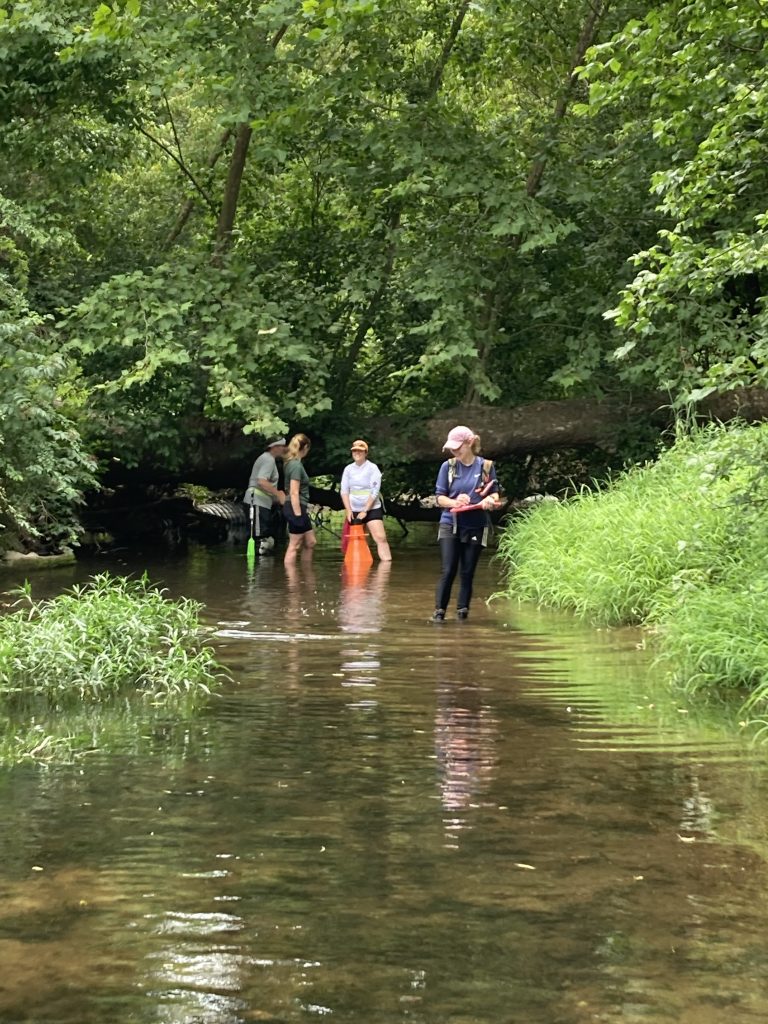FIELD WORK - Overview



Beardsley lives with his wife, Stephanie Ridder, on a farm in Rappahannock County, Virginia. Together, they have helped create a new organization, Virginia Working Landscapes, devoted to reconciling productive agriculture with biodiversity preservation and restoration. VWL, a program of the Smithsonian Conservation Biology Institute (SCBI) in Front Royal, Virginia, promotes the conservation of native biodiversity and sustainable land use through research, education, and community engagement.
For instance, they have initiated research into best practices to create and maintain biodiverse meadows; created a pilot program to pay farmers to delay haying during the breeding seasons of ground-nesting birds; encouraged summer stockpiling of pasture to decrease the need for hay production for winter livestock feeding; and cosponsored collaborative research with Virginia Tech and the University of Tennessee to develop bee-friendly grazing practices by reintroducing native wildflowers into pastures.




